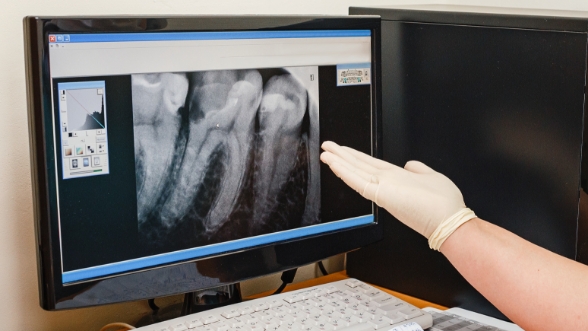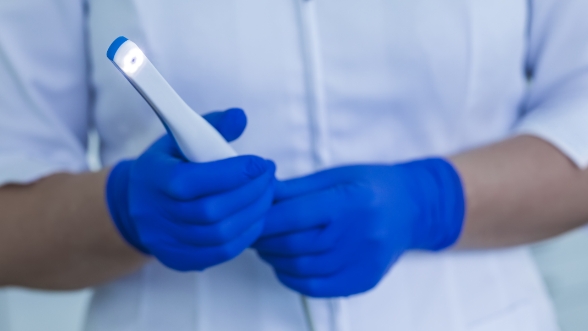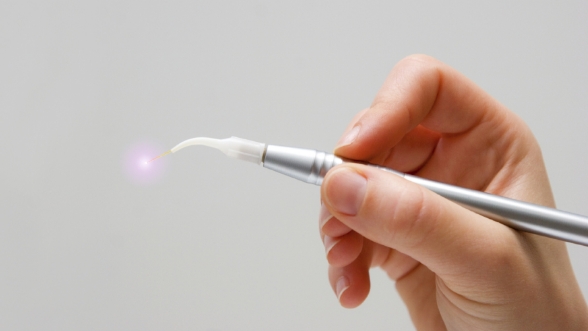Advanced Dental Technology - Milton, ON
How Technology Enhances Our Care
Dentistry is a field that continues to move forward, and our team at Milton Family Dentistry moves with it by keeping up with the latest advancements. Utilizing modern dental technology enhances the accuracy of our diagnoses and makes it easier to keep our patients comfortable. Before you give us a call to set up your next visit, read on to learn more about some of the advanced dental technology that we use at our dental office.
Digital Dental X-Rays

One of the downsides of traditional X-rays is that they can take a considerable amount of time to develop, and they require the use of a dark room filled with environmentally harmful chemicals. Digital dental X-rays allow us to avoid these issues entirely by creating clear, detailed images that can be viewed right away. In addition to saving time, digital X-rays are also considered safer than traditional ones since they involve exposing patients to much less radiation.
Intraoral Camera

When explaining the issues that we have found in your mouth, it often helps to let you see the problem for yourself. With an intraoral camera, we can take pictures of your teeth and gums from various angles. By displaying these images on a monitor, we can give you a firsthand look at the current threats to your oral health. This can help you fully understand why we’re recommending specific forms of treatment. Additionally, intraoral cameras can be useful for identifying signs of tooth decay and gum disease.
Soft Tissue Laser

When it comes to procedures involving the gums, we can use a soft tissue laser to gently remove damaged or infected tissue. The laser will cause very little discomfort, to the point that a local anesthetic may not even be needed for the procedure. It is also very precise, allowing us to treat specific parts of your gums while leaving the healthy areas intact. Finally, the laser will immediately cauterize the tissue; this significantly reduces the amount of bleeding involved and speeds up the healing process.
